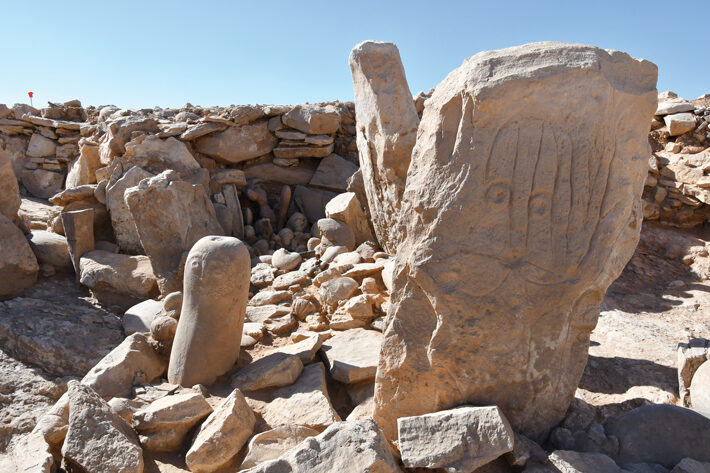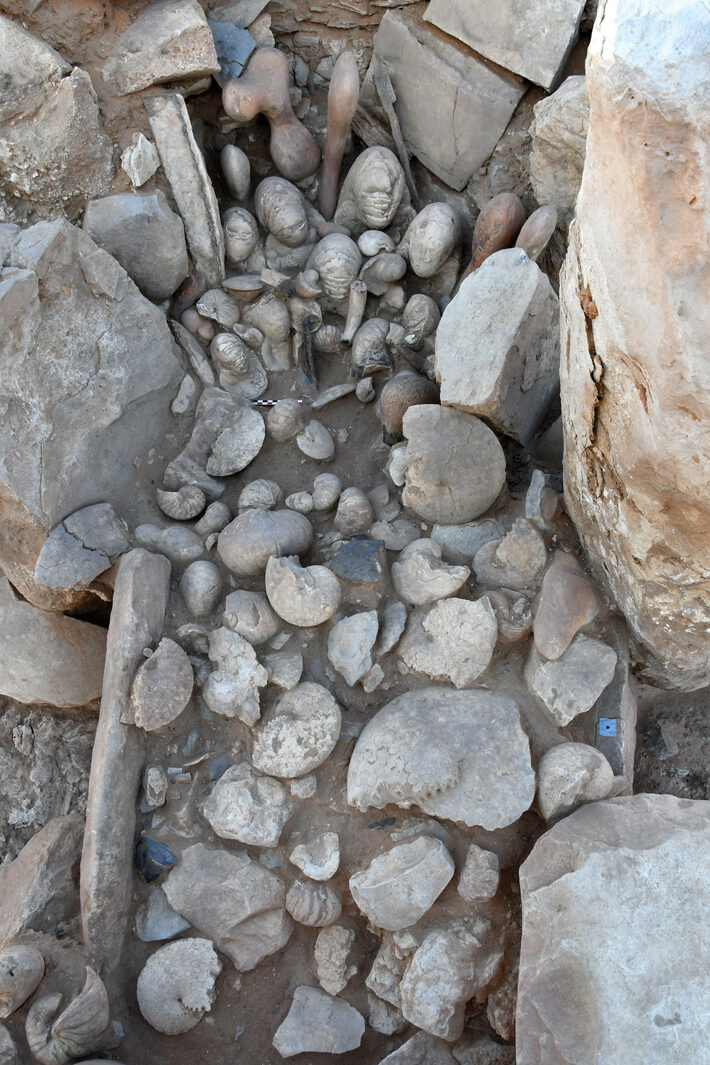OF THE
TIMES
I wonder if the boys that have sex with their teachers get Straight A's? as a reward.
"Parsi also claims to have heard from a Western-friendly "senior Global South diplomat" that "whatever agonizing claim the US had to lead a...
Their spelling is wrong. Shouldn't it be attack'ems ?
Needless, wanton violence. So sad.
Depopulation agenda is well under way....less stupid humans might be better.
To submit an article for publication, see our Submission Guidelines
Reader comments do not necessarily reflect the views of the volunteers, editors, and directors of SOTT.net or the Quantum Future Group.
Some icons on this site were created by: Afterglow, Aha-Soft, AntialiasFactory, artdesigner.lv, Artura, DailyOverview, Everaldo, GraphicsFuel, IconFactory, Iconka, IconShock, Icons-Land, i-love-icons, KDE-look.org, Klukeart, mugenb16, Map Icons Collection, PetshopBoxStudio, VisualPharm, wbeiruti, WebIconset
Powered by PikaJS 🐁 and In·Site
Original content © 2002-2024 by Sott.net/Signs of the Times. See: FAIR USE NOTICE


Reader Comments
Cups and rings come to mind, pesky things etched all over the world, one that academia discharges as art 🤣
cheers
Here’s a little more (but not much) below -
The shrine contained two standings stones carved with human figures alongside representations of the “desert kite”; marine shells, an altar, a hearth, and a small model of the trap were also found. [Link]
A little more info & pics here: Neolithic ritual complex discovered in Jordan [Link]
Desert Kites (see aerial pics) appear to be chokepoint traps to herd, control containment & slow down animals (e.g. Wild Boar/Gazelle’s etc.) with ambush positions around the Kite’s.
Their shape and archeological evidence suggest that these extensive stone structures may have functioned as game traps, designed to capture and kill large numbers of wild animals. [Link]
Archaic Knowledge - Aerial View of Jordan’s Desert Reveals Mysterious Geoglyphs [Link]
Cogitating if these Kites - Wheels (some 1400+ of them) were used as a method to trap as well as maintain a Corral herd for sustenance nomadic hunter/gather hordes/tribes/emergence of primitive farming settlements. Or only Kites were used as a hunting for faster horseman to V funnel herds into ambush kill zone theatre then later turned into primitive Corrals for the nomadic tribes. Or Kites were Traps & Wheels were Corrals for food source maintenance of nomadic settlements.
Speculative hypothesis: Wheels were corrals patterned after the Sun/Moon shape of what they already worshipped & saw plus offer 360 degrees of coverage ?
“These traps were laid as early as 9,000 years ago, during the Neolithic period. During this time, nomadic hunter and gatherer tribes began shifting towards animal domestication and agriculture, and therefore a more sedentary lifestyle.”
“This type of Neolithic mega-trap was widespread and not limited only to this area of the Middle East.“Kites” have been observed from the Near East to Central Asia; the Caucasus to the Arabic Peninsula.”
“Interestingly enough, traces of mass killings haven’t been found in or around the kite traps. These conclusions were reached based on piles of gazelle bones found where the huts once stood, as well as the petroglyphs of kites and hunting scenes etched on the rocks in the area.These “desert kites” might have served as animal corrals as well.”
KITES, WHEELS AND.... [Link]
have a wonderful day!